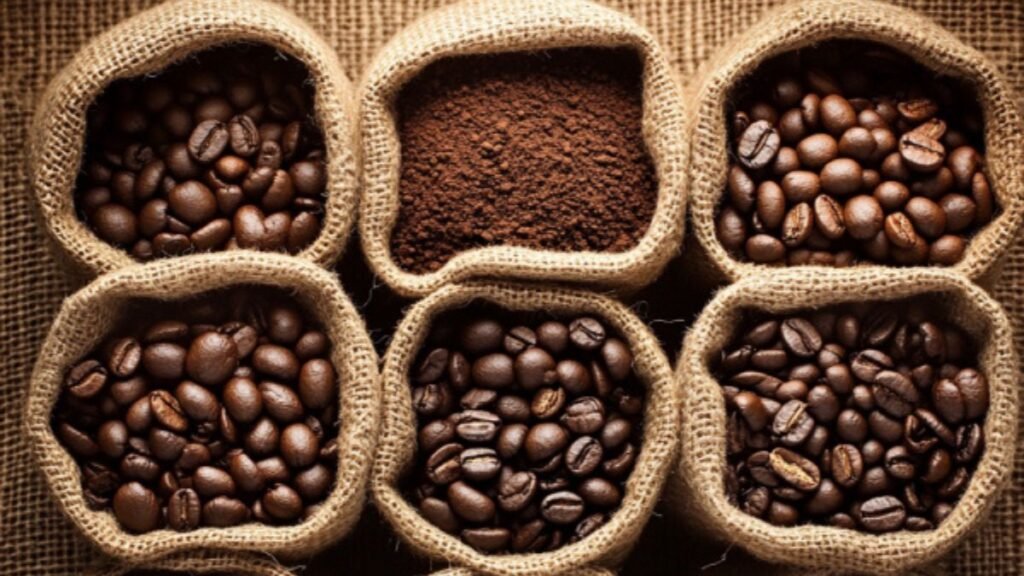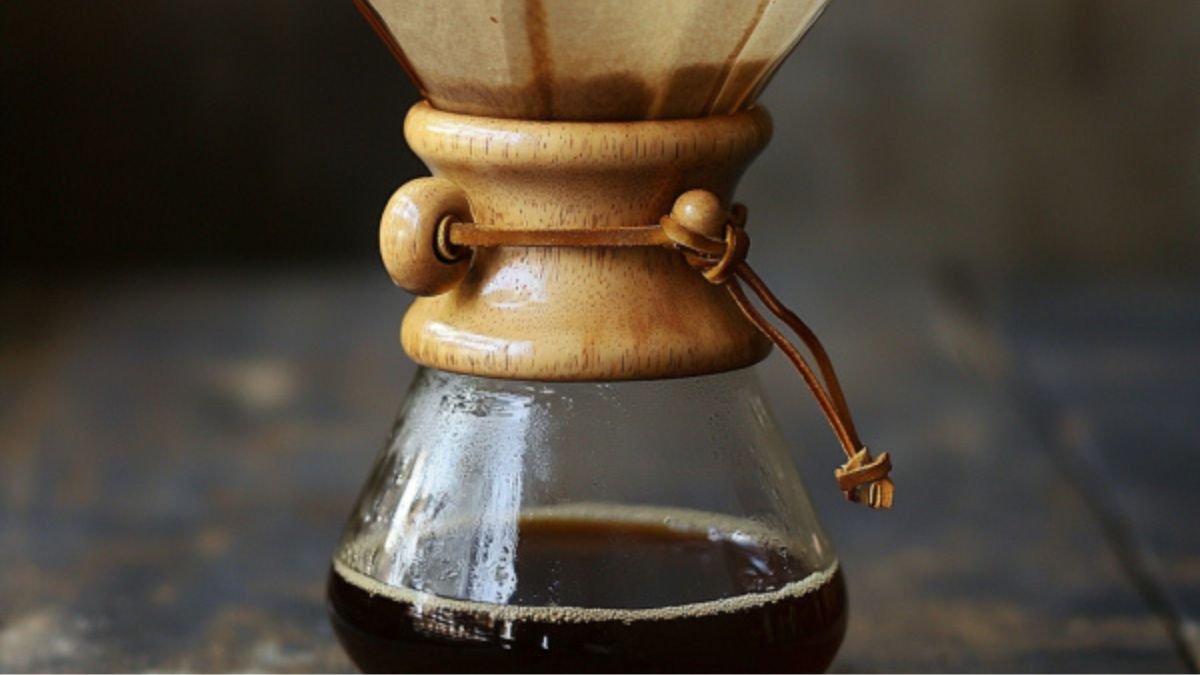Coffee is one of the most popular beverages in the world, and for good reason. There’s nothing like starting the day with a fresh cup of coffee, but for many people, the art of making coffee can seem a little intimidating. Whether you’re new to brewing coffee or looking to perfect your technique, this guide will help you prepare the perfect cup every time. From selecting the right coffee beans to mastering your brewing method, these tips will set you on the path to coffee perfection.
1. Choose the Right Coffee Beans
The first step to making the perfect cup of coffee is choosing the right beans. The flavor and aroma of your coffee will largely depend on the quality and freshness of the beans you use. Here are a few tips for selecting the best coffee beans:
Coffee Bean Types:
- Arabica Beans: Arabica beans are known for their smooth, mild flavor and are the most popular choice for high-quality coffee. They tend to have a sweeter, fruity taste.
- Robusta Beans: Robusta beans have a stronger, more bitter flavor and contain more caffeine than Arabica beans. They are often used in espresso blends to provide strength and body.
Freshness is Key:
- Always opt for freshly roasted beans. Fresh coffee beans retain more flavor and aroma than pre-ground coffee, which can lose its taste over time.
- Buy small amounts at a time to ensure you’re using beans that are as fresh as possible.
Grind Your Own Beans:
- If possible, grind your coffee beans just before brewing. Freshly ground coffee produces a richer, more flavorful cup. Invest in a good grinder to get the best results.
2. Measure the Right Coffee-to-Water Ratio
Getting the right coffee-to-water ratio is essential for brewing the perfect cup. Too much coffee can make the drink too strong, while too little coffee can leave it weak and watery. Here’s a basic guide for the perfect ratio:
- Standard Ratio: Use 1 to 2 tablespoons of ground coffee for every six ounces of water. This is the standard ratio for most brewing methods, but you can adjust it based on your preference for strength.
- Espresso: Espresso requires a higher concentration of coffee. Use about 9 grams of ground coffee for a single shot.
- French Press: For a French press, use a ratio of 1:15 (1 gram of coffee for every 15 grams of water) to create a full-bodied brew.

3. Use Clean, Fresh Water
Water is the primary ingredient in coffee, so it’s important to use clean, fresh water. Water that is too hard or too soft can affect the taste of your coffee, so make sure to use filtered water if possible.
Water Temperature:
- The ideal water temperature for brewing coffee is between 195°F and 205°F (90°C to 96°C). Water that’s too hot can over-extract the coffee, making it bitter, while water that’s too cold can under-extract it, resulting in a weak brew.
- If you don’t have a thermometer, bring the water to a boil and let it sit for 30 seconds before brewing.
4. Choose Your Brewing Method
There are several different methods for brewing coffee, each with its unique characteristics. Here are some of the most popular methods and tips for each one:
Drip Coffee Maker:
- Drip coffee makers are the most common household brewing method. Simply add ground coffee to the filter, pour in water, and let the machine do the work.
- Use medium ground coffee for drip machines to get the best extraction.
- Clean your drip machine regularly to prevent any old coffee oils from affecting the taste of your brew.
French Press:
- The French press is ideal for brewing strong, full-bodied coffee. Add coarsely ground coffee to the press, pour in hot water, and let it steep for about 4 minutes before pressing down the plunger.
- Use a coarser grind for French press coffee to prevent over-extraction and ensure a smooth texture.
Espresso Machine:
- Espresso is a concentrated coffee that requires a machine to brew under high pressure. Use finely ground coffee for espresso, and make sure the coffee is tamped evenly before brewing.
- Pre-warm your espresso machine and cup for the best results. The water should flow through the coffee grounds in about 25-30 seconds.
Pour-Over:
- The pour-over method is perfect for those who enjoy a clean, crisp cup of coffee. Place a coffee filter in a dripper (such as a Chemex or V60), add coffee grounds, and pour hot water over them in a slow, circular motion.
- Pour-over coffee requires attention to detail, as the speed of pouring can affect the extraction. Try to keep a steady, consistent flow of water for an even brew.
AeroPress:
- The AeroPress is a portable, versatile brewing device that allows you to make rich, smooth coffee. Add coffee grounds to the AeroPress, pour in hot water, stir, and press the plunger down slowly to extract the coffee.
- This method is great for experimenting with different brew times and ratios to create the perfect cup.
5. Brewing Time Matters
Brewing time is an important factor in determining the strength and flavor of your coffee. Different brewing methods require different brewing times:
- Drip Coffee Maker: Brewing time is typically 5-7 minutes.
- French Press: Steep the coffee for about 4 minutes before pressing.
- Espresso: A shot of espresso should take about 25-30 seconds to brew.
- Pour-Over: Brewing time is usually 3-4 minutes.
- AeroPress: Brew time is around 2 minutes.
Experiment with different brewing times to find the perfect balance for your taste.
6. Don’t Forget to Clean Your Equipment
Cleaning your coffee equipment is essential for maintaining the quality of your brew. Coffee oils and residue can build up over time, affecting the taste of your coffee. Here’s how to keep your equipment clean:
- Drip Coffee Maker: Regularly clean the carafe, filter basket, and water reservoir. Run a vinegar-water mixture through the machine every month to remove mineral buildup.
- French Press: After each use, rinse the plunger and glass carafe with hot water to prevent old coffee grounds from sticking.
- Espresso Machine: Clean the portafilter, group head, and drip tray after each use. Run water through the machine to flush out any remaining coffee oils.
- Pour-Over: Wash the dripper and filters after each use to prevent any old coffee from affecting future brews.
Conclusion: Brewing Your Perfect Cup
Brewing the perfect cup of coffee takes practice, but with the right technique, anyone can master it. By selecting high-quality beans, measuring the right coffee-to-water ratio, and using the appropriate brewing method, you can create a delicious cup every time. Don’t forget to experiment with different methods and make adjustments based on your personal preferences—after all, coffee is all about what you enjoy.
So, whether you’re a beginner or a seasoned coffee drinker, these tips will help you prepare the perfect coffee to start your day or enjoy at any time.
Frequently Asked Questions (FAQ)
1. What’s the best coffee grind for a French press?
Use a coarse grind for French press coffee. This helps prevent over-extraction and ensures a smooth, balanced brew.
2. How much coffee should I use for one cup?
For a standard cup (6 ounces), use about 1 to 2 tablespoons of ground coffee, depending on how strong you like it.
3. Can I use tap water to brew coffee?
It’s best to use filtered water for brewing coffee. Tap water can affect the taste, especially if it contains impurities or minerals that alter the flavor.
4. How do I know when my coffee is ready?
Brewing time depends on the method. A drip coffee maker typically takes 5-7 minutes, while a French press should steep for about 4 minutes. Pay attention to the recommended brewing times for your chosen method.
5. Is it better to grind my coffee beans fresh?
Yes, freshly ground coffee tastes better because it retains more of the flavor and aroma that can be lost when ground beans sit for too long.
